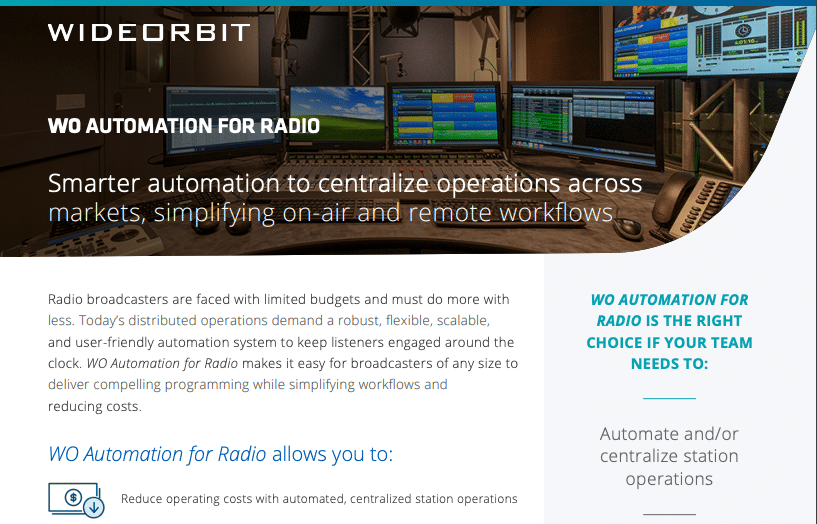
Enhancements in Rel-17 make it easier for operators to overcome PDCCH resource shortages in the NR cell, which can occur as the number of NR UEs increases. Rel-16 primarily improved the capacity of the NR physical downlink shared channel (PDSCH). The dynamic spectrum sharing (DSS) included in Rel-15 already makes it possible to deploy an LTE cell and an NR cell on the same base station using shared spectrum, which enables an operator to provide 5G services by initiating a migration of spectrum from LTE to NR. They also enable richer channel state information (CSI) feedback for non-coherent joint transmission (NC-JT) and optimize performance for high-speed-train (HST) communication scenarios.įinally, the enhancements to reciprocity-based operation include new codebooks with reduced feedback overhead, where partial channel knowledge is available at gNodeB (gNB), as well as improvements to the Sounding Reference Signals (SRSs). The mTRP enhancements increase robustness for the physical downlink control channel (PDCCH), physical uplink shared channel (PUSCH) and physical uplink control channel (PUCCH). The multi-beam enhancements are intended to improve performance at high mobility by streamlining signaling and to optimize performance for user equipment (UE) with multiple antenna panels. Figure 1 shows Ericsson’s view on 3GPP’s tentative time plan for releases up until 2028. 5G Advanced will build on Rel-17, providing intelligent network solutions and covering numerous new use cases in addition to previously defined use cases and deployment options. Several of the features in Rel-17 are intended to enhance network performance for existing services and use cases, while others address new use cases and deployment options. In fact, 3GPP has already announced its decision to recognize Rel-18 as the first release of 5G Advanced to highlight the significant evolution of the 5G System (5GS) that it represents. Meanwhile, the discussions on the scope of Rel-18 are well underway.

The 3GPP has passed the midpoint in its work on its release 17 (Rel-17) specifications, with plans to publish them at the end of the first quarter of 2022. Meanwhile, the early planning of release 18 indicates that it will significantly evolve 5G in the areas of artificial intelligence and extended reality. Together with enhancements aimed at existing use cases such as mobile broadband, industrial automation and vehicle-to-everything, 3GPP release 17 introduces support for new ones including public safety, non-terrestrial networks and non-public networks. URLLC – Ultra-Reliable, Low-Latency Communication PDCCH – Physical Downlink Control Channel

NWDAF – Network Data and Analytics Function NSPS – National Security and Public Safety MTRP – multiple Transmission and Reception Point MMTC – Massive Machine-Type Communication

LTE-M – LTE for Machine Type Communication EASDF – Edge Application Server Discovery Function


 0 kommentar(er)
0 kommentar(er)
